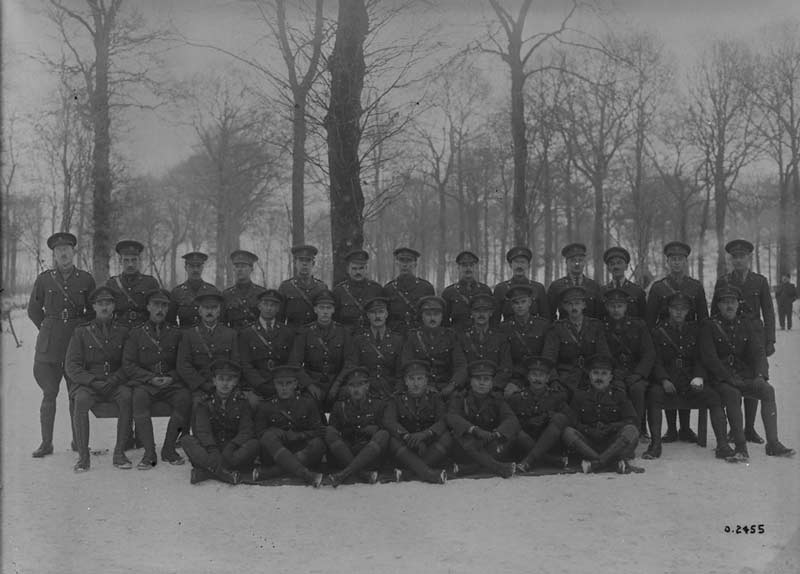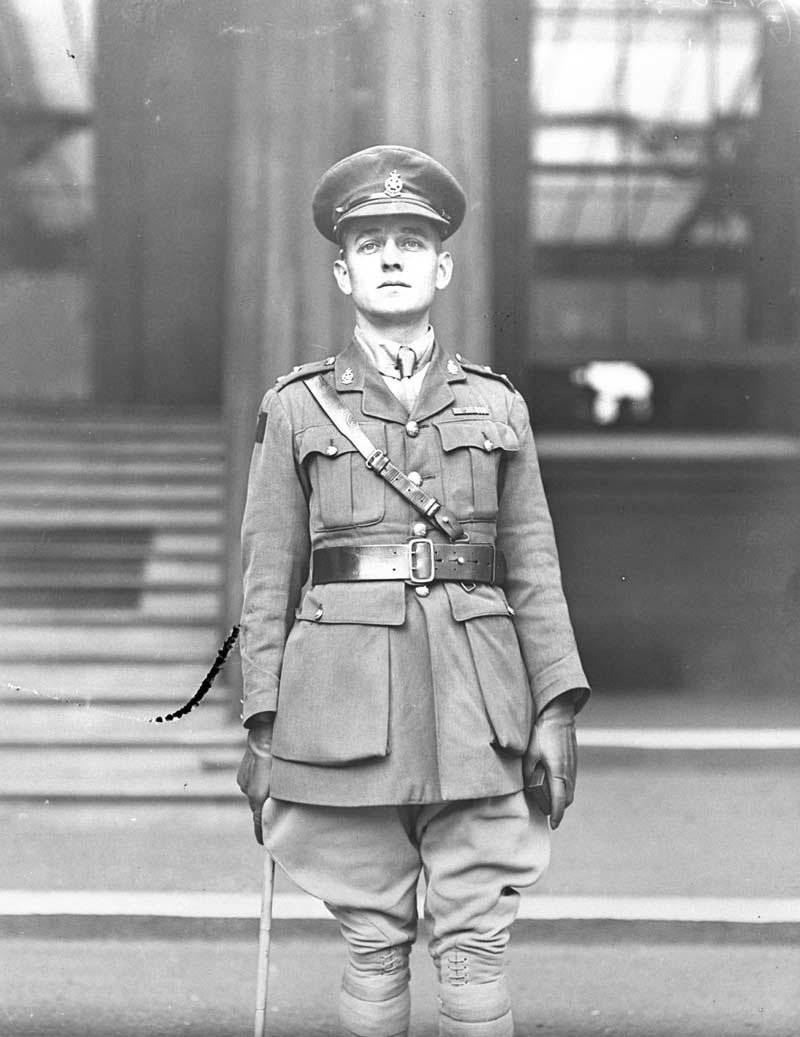
Lieutenant George Burdon McKean. [Wikipedia]
Constance was none other than the second wife of one of Canada’s most-decorated First World War soldiers: George Burdon McKean.
In his four years of military service, George would be awarded the Military Medal, the Victoria Cross and the Military Cross for, as his citations noted, “conspicuous bravery” and “magnificent” conduct.
“Captain George Burdon McKean…was one of the bravest men who fought on any front during the war,” wrote The Sunday Post.
And next month, on April 27-28, George’s most well-known exercise in courage, which effectively earned him the Victoria Cross, mark its 105th anniversary.
George’s birth spoke little to his future as a military daredevil. Born on July 4, 1888, in Willington, England, he was an “extremely delicate” child. His fragility, however, wouldn’t last for long as, after both his parents died, George emigrated with his brother, John William, to a rugged farm in Medicine Hat, Alta.
Entering Alberta University’s faculty of theology in 1912, George’s path seemed to be predestined to the Presbyterian ministry. But when war broke out across the globe, George set his religious duties aside for his duty to Canada— and with much trial too.
While no longer the frail child he once was in Willington, George’s 5’6″ stature and 120-pound stock didn’t do much to support his high hopes for military enlistment, having to apply three times before he was eventually accepted into the 51st Canadian Battalion in January 1915.
Transferring to the 14th Infantry Battalion in April 1916, George would find himself in Gavrelle, France, two years later—the centre stage for his military valour to unfold.

Officers of the 14th Battalion, France, February 1918.[MIKAN, 3406029]
In Hollywood-like Heroics, George charged ahead alone.
In March 1918, the German army was desperate to gain ground, knowing full well that a negotiated peace was in the not-so-distant future. With this, the Canadian Corps was ordered to conduct numerous raids on the Germans in order to ensure attention steered clear from Allied lines, particularly in the areas where they were crumbling.
George and his 15-man party were assigned to one of the largest raids, propping up the future success of five others.
The Germans, of course, would soon catch wind of this.
Running into a head-on encounter with a German garrison, George’s party was held up at a block in a communication trench. As hand grenades and machine guns hammered above, George realized that the enemy block, which was protected by wire and a machine gun 30 yards behind it, had to be destroyed—otherwise, the raid might be undermined altogether.
So that day, George took fate into his own hands.
In Hollywood-like heroics, George charged ahead alone, leaping over the block’s wire to— quite literally—fall on top of the enemy.
Now lying on a German soldier, George tussled with the man as another approached with bayonet in hand. Pulling out his revolver, George shot the two of them.
Even though the position had been secured, George was in desperate need of bomb supplies as machine-gun fire continued to rain. While waiting for the front line’s delivery of Mill bombs, he continued his single-handed combat, managing to keep hold of the block.
Upon receiving supplies, George pushed onward alone, dismantling the machine-gun post while killing another two soldiers and capturing four more. George’s bravery inspired his party to move along with him, and together, they drove the German line into a dugout, where George’s operation was thereby deemed successful.
George earned one more medal, the Military Cross, for what the Bailiffgate Museum deems the “greatest confidence trick” of the First World War.
Fraser Tinsley, a county councillor in George’s hometown, told The Northern Echo, “McKean was a hero in every sense of the word. A man who demonstrated true grit and determination.”

Lieutenant George Burdon McKean, VC. [MIKAN 3218943]
Before his retirement on July 19, 1919, George earned one more medal, the Military Cross, for what the Bailiffgate Museum deems the “greatest confidence trick” of the First World War. While scouting in Cagnicourt, France, he demanded German soldiers surrender by pretending he had the more superior force—all with a bullet wound in his right leg.
While George would later die in an industrial accident in his own English sawmill at 37, his story is commemorated in three countries—a stamp, a street and a mountain are among the things named in his honour.
“McKean appeared to be an ordinary man,” Tinsley stated in a separate interview with The Northern Echo, “but he did extraordinary things.”
Advertisement



















